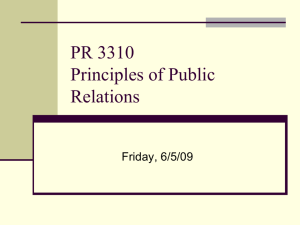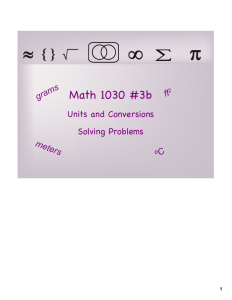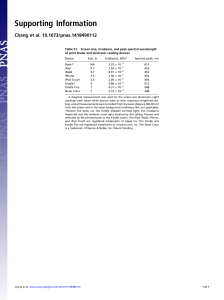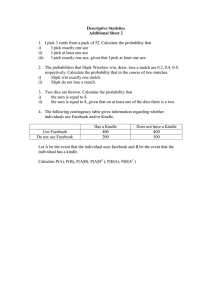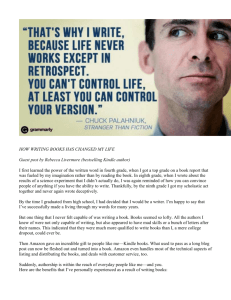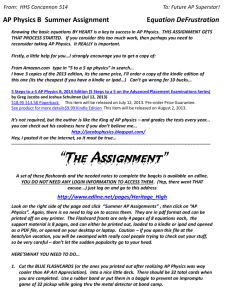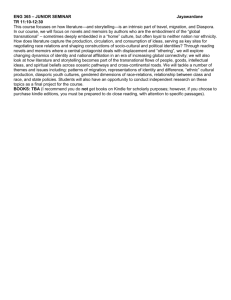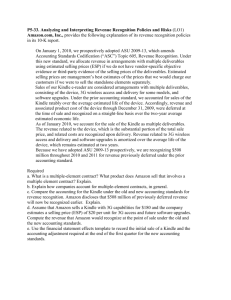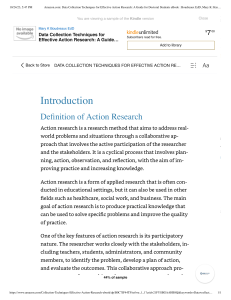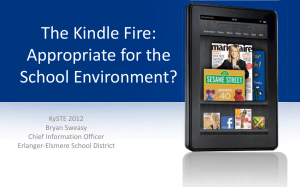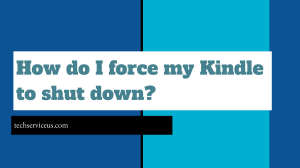using Kindle to improve engagement in Literacy with 16
advertisement
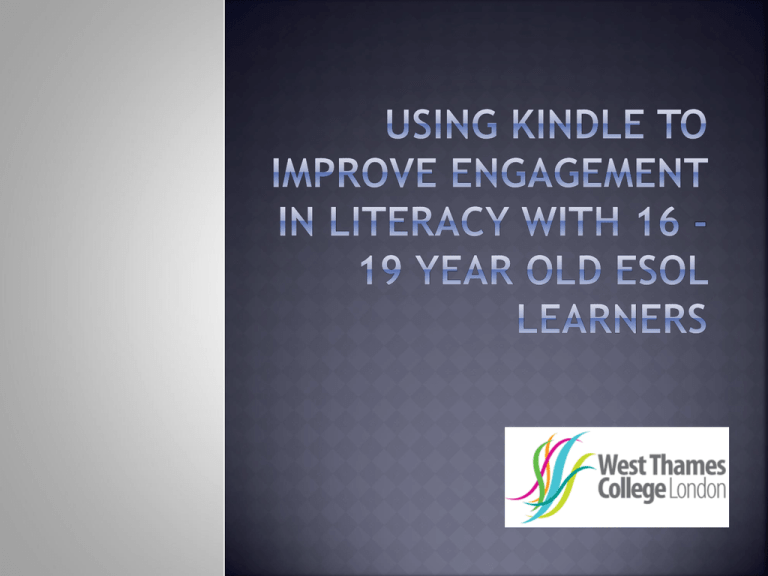
• • • 16 -19 year old ESOL learners (all boys) on a Foundation Learning ESOL (with) ICT course. Ethnic backgrounds A mix of educational background and experience • • • • To find out if using a Kindle improved literacy levels in this group. 15 minutes of Kindle time each week during a lesson. Responsible learners were eventually allowed to borrow the Kindle overnight. Appropriate books downloaded. A Nepalese boy said he wouldn’t read any kind of book even if he was given a Kindle. Curiosity aroused – (what is this gadget?) He was the only student who came in to read when others had been signed off. Learners initially reluctant to pick it up and read. Gradual interest. Comparisons with mobiles. Evidence of increase in vocabulary and improved sentence structure in written work. The ease of access to a dictionary – no need to switch around with screens. The ability to access the internet for an image if they didn’t understand the dictionary explanation. The ‘cool’ factor – showing off to friends when allowed to take it out. Only one Kindle which they had to share. (The college Library has just acquired more which it should be able to lend out.) Short access slots ‘Black and white’! • • • • • Increased interest and engagement. More motivation and willingness to read. One Kindle in a group of 12 was not ideal. Issues with choice of books – hope to sort out accounts issues. This was testing the waters – a more focussed approach needed.
